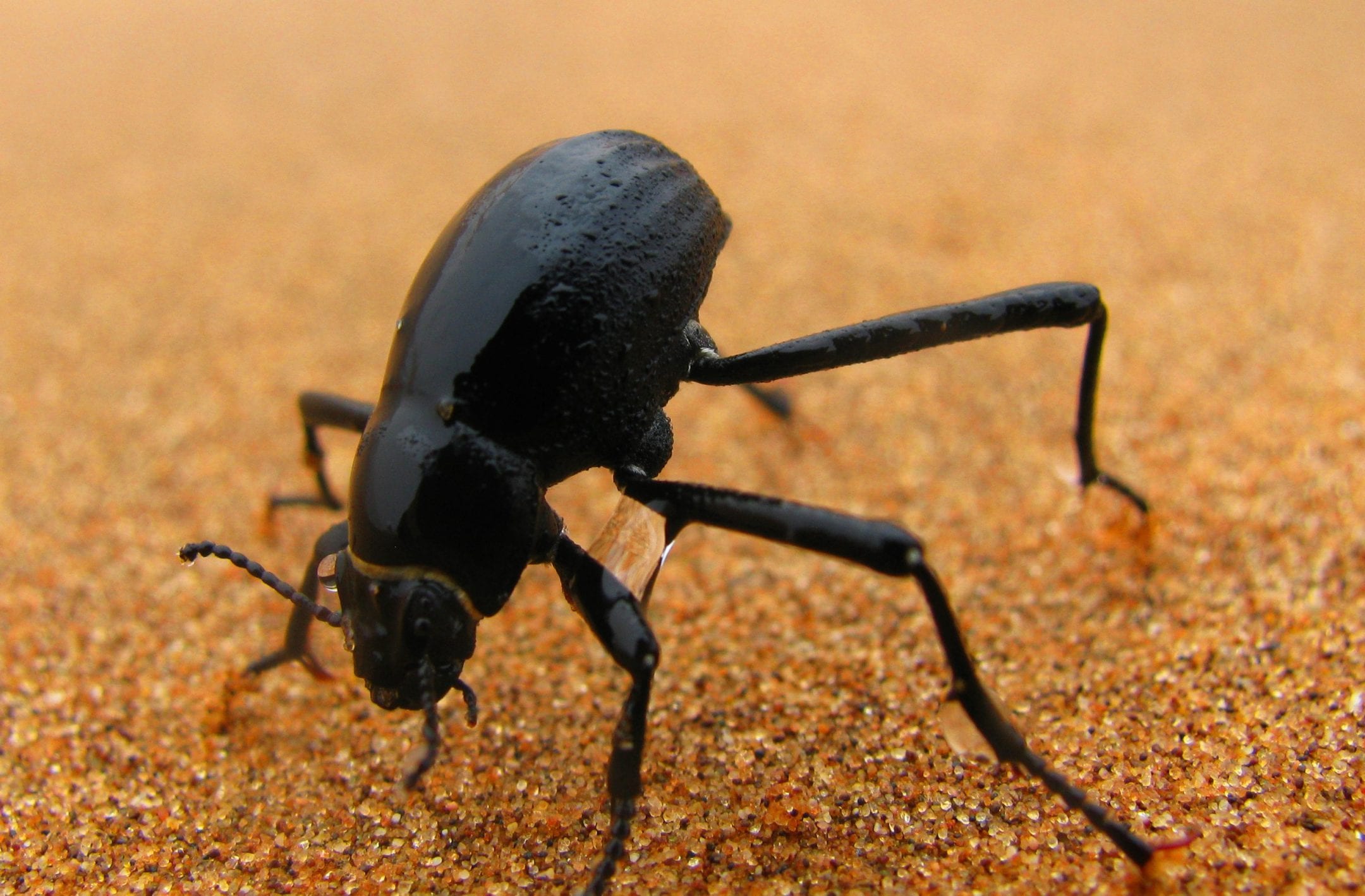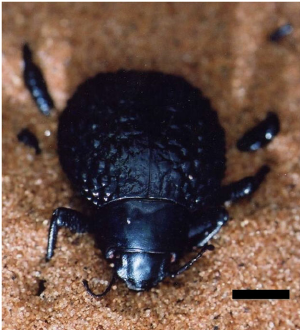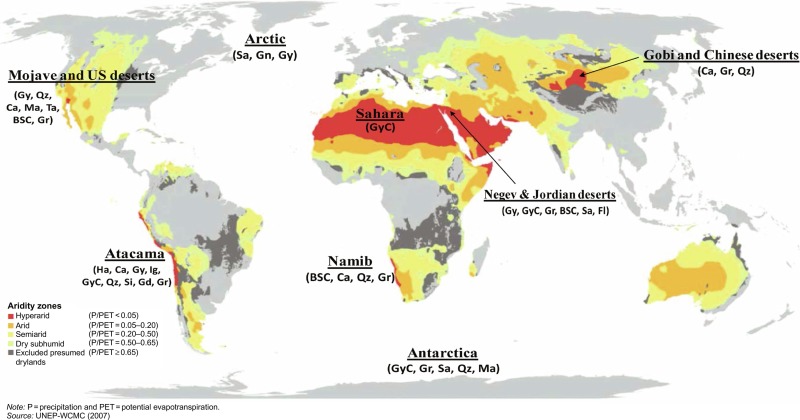Introduction
Although initially starting my interest in mutating fruit flies (also known as Drosophila melanogaster) since I've been having huge fights with them in my newly rented apartment where there is a lot of moisture, and consequently the perfect water + air surface for the, I've decided to angle my interest towards water preservation since no worthwhile ideas came up to mind with fruit flies.
Initially being highly inspired after having read dune and observed how Frank Herbert laid out the strategy to live on a deserted planet of the future where the water is so scarce that the native people extract it even from dead bodies, among other things such as breath, urine, and feces into drinking water.
Therefore, I started my research with a variety of species that live in the desert and reading up on how they are extracting and conserving water. The course has taught me that many other species have progressed much more, biologically speaking, than humans. This notion paired with mimicry and the fact that almost any good design came from nature, I decided that there might already be an answer for humans to increase our water preserving capacities looking into the future where water will become extremely scarce and the new currency of the world.
When in the world of Dune, the population of Fremen in the planet Arrakis, are using stillsuits - head-to-toe wetsuit-like body coverings, I wanted to explore whether human skin can act as a force to collect water from any sorts of precipitation like fogs, rain, and others.
By starting this research I also stumbled across a variety of scientific papers that presented the opportunity to combine two assignments at once, specifically the summary of a scientific paper and a creation of a mutant organism. One such article was about "Dew condensation on desert beetle skin" written by J. Guadarrama et al.


Scientific Paper Summary
Beetles living in the Namib desert, specifically Physasterna cribripes (Tenebrionidæ), have a specific way of water collection known as fog-basking, whereas they would till forward in a way that can be observed in the picture above to collect the fog water. Combination of humidity and wind as well the the body structure of beetles would allow for droplets of water to form on the upper body and with the inclination of beetle's position to naturally roll down to their mouth (picture above).
The water collection is assumed to be due to the hydrophilic property of the bumps on beetles bodies (picture on the right) and the hydrophobic characteristics of the valleys in between. Water accumulates on the top of the bumps and when its volume is sufficiently large, the droplets roll down along the hydrophobic surface towards the insect’s mouth. However, this characteristic was proved to be of secondary nature, whilst the constant angle with the horizontal (23◦) that beetle would assume proved to be the main point and was absolutely necessary for the fog drops to strike the surface and also to collect dew or fog water by gravity. Finally, the exoskeleton of beetles is coated with wax with varying thickness from valleys to bumps and is alterning the wetting properties of the surface.
The dew collection properties were established to be to the high infra-red emissivity of wax. As insects are wax coated, this property should be shared by all of them, in particular those which are known to harvest fog. Moreover, this study revealed that both dew and fog collection is possible on insect elytræ when the external conditions are favourable: clear sky and relative humidity larger than 55%. These climatic conditions can be found in many coastal arid areas in the world. Moreover, atmospheric water and fog constitute approximately 10% of all fresh water on Earth. Thus, collecting tiny water droplets or fog could help overcome global water shortages.
Mutation
Having established that water can be harvested in insect elytræ with climatic conditions outlined in the map below, I wanted to proceed incorporating the following characteristics of the beetle genome into human skin to create a way of dew and fog water recollection from one's body:
- The high IR emissivity (thermal energy emissions) of the wax-coated elytra provides efficient radiative cooling.
- Higher droplet nucleation rate is found in valleys, where dew forms primarily.
- This is due to the hexagonal microstructure on the surface of the elytra. The latter provides more nucleation sites than on the bumps whose surface is smooth at the micron level.

More research about the following properties led me to finding new studies where nano materials with mixed wetting properties were explored for improved water collection efficiency. One such article can be found here. However, current proposal is revolving around the modification of genome itself to change human skin and not the use of nano materials, and therefore I wouldn't go into details of this article.
Since insect elytræ is present in many insects, I though it would make the research of this genome much easier since it could be approximated from many different insect species, however, after long search I found a couple of articles about this species genome. Here's the one I'm basing my proposal on where sixteen beetles were processed for DNA analysis.
However, at this point my limited knowledge in the biology field, particularly revolving around genome, prevented me from proceeding further with this proposal. Talking about morphometrics, molecular phylogenetics and such proved too much of a stretch for me, and therefore I would encourage any readers to follow up on this challenge and think about their own mutants.
P.S. Use Sci-Hib to find any of these articles by searching their name.